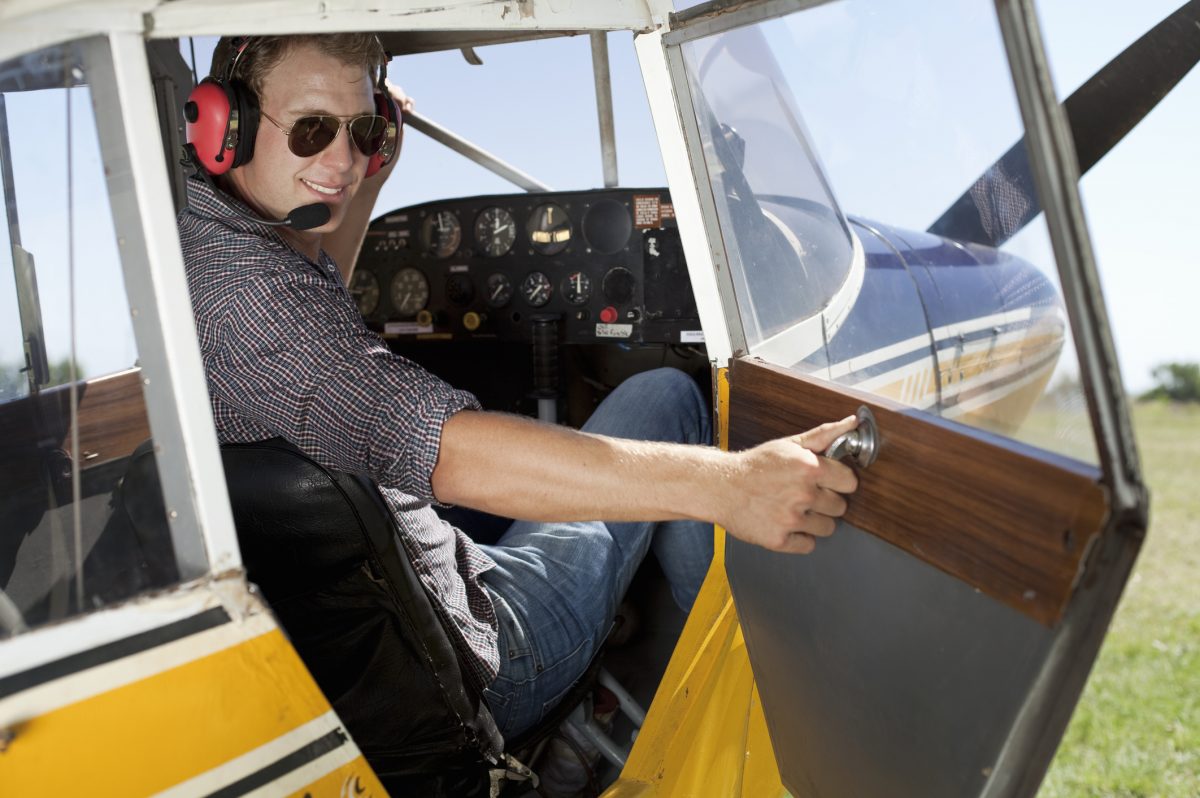
Every pilot knows the essential aviation order of operations: Aviate, Navigate, Communicate. The principle is intended to remind pilots that maintaining control of the aircraft should be their primary focus in an emergency. Then, once the situation is under control, pilots can navigate and communicate their plans and needs with ATC. While the rule is easy to remember and often considered a cliché, there’s a good reason to follow these in-flight priorities in the correct order. According to the FAA, most loss of control accidents are preventable and occur because the pilot failed to “fly the airplane first.”
Distractions, especially in emergency situations, can cause pilots to lose sight of the simple obligation to fly the aircraft. One of the most famous examples involving a failure to aviate is the tragic crash of Eastern Airlines Flight 401 in 1972. The entire crew was so distracted by troubleshooting a malfunctioning landing gear indicator light that no one paid attention to actually flying the plane. The aircraft was accidentally disconnected from autopilot and descended into the Florida Everglades, causing 101 fatalities. Even though the crew was highly experienced, they failed to notice the aircraft’s gradual descent because they were so preoccupied with the malfunctioning light.
According to the FAA, “staying ahead of the airplane” is one of the best ways to avoid distractions and remain focused on the task at hand. Prepare for flight as much as possible by conducting a thorough preflight, knowing weather briefings in advance, and having survival supplies on board in case of an emergency. General aviation pilots are advised to plan alternate routes and practice short and soft field landings to ensure they’re well-prepared for emergency procedures.
Following the simple rule to “aviate, navigate, communicate” can be easy to forget, especially when encountering emergency situations. By developing proficiency and avoiding any in-flight activities that may distract them from flying the airplane, pilots can prevent loss of control accidents and promote better safety in the skies.